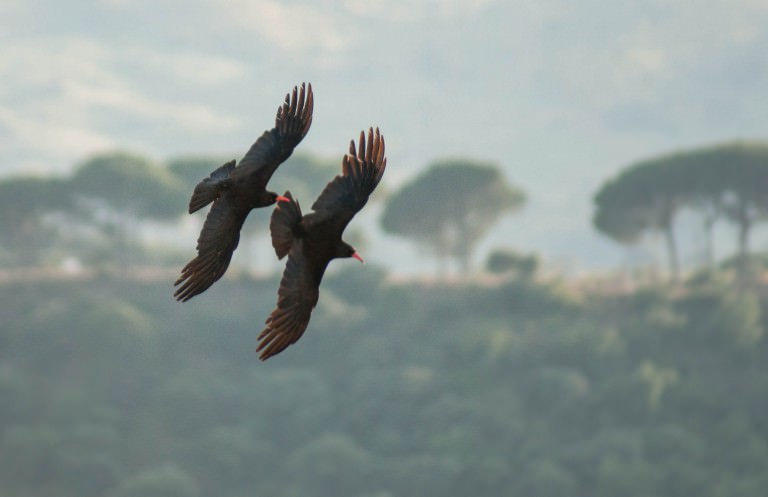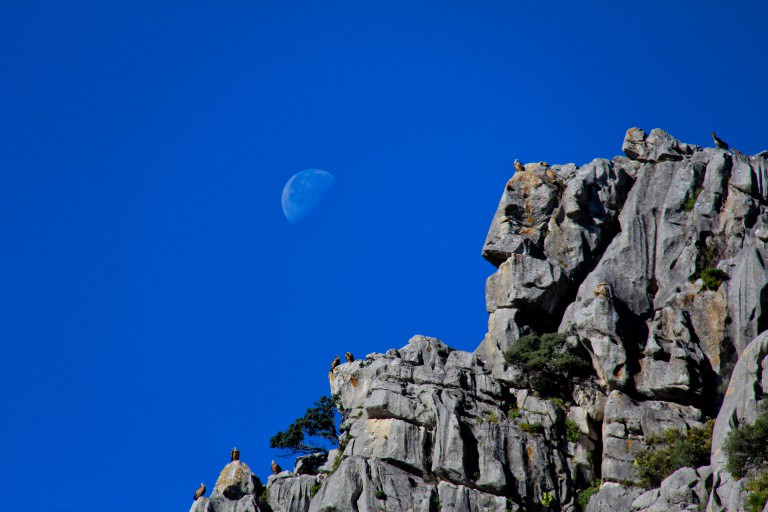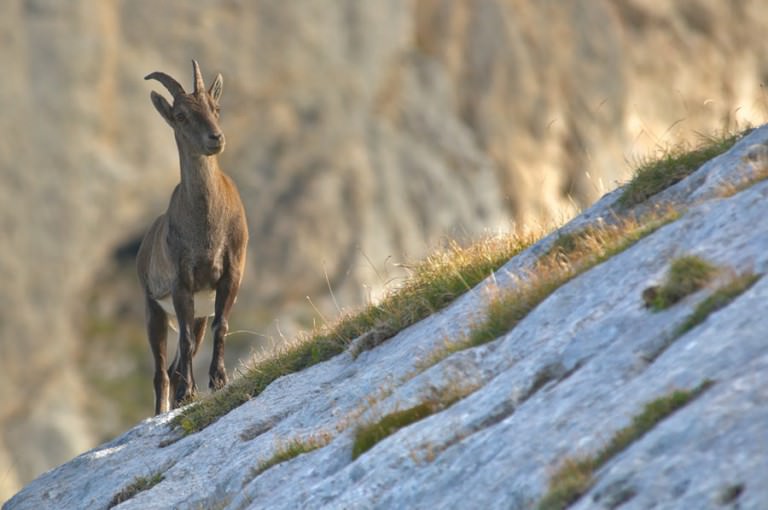Grazalema National Park
Seen from the house, lying to the west, the Sierra de Grazalema Natural Park is a UNESCO biosphere reserve of over 50,000 hectares and home to a host of raptors. There are dippers, hoopoes, bee-eaters and golden orioles in the surrounding woodland. Griffon vultures are common, nesting on the naked rockfaces of the Sierra de Grazalema, sometimes up to seventy of them can be seen at a time circling overhead. Bonelli’s eagles, short-toed eagles, golden eagles, Egyptian vultures, peregrine falcons, lesser kestrels, crag martins, swallows, pallid swifts, black redstarts, blue rock thrushes, choughs, rock doves, black wheatears, rock sparrows, rock buntings and blackcaps can all be seen. The park offers incredible scenery, forested hillsides and craggy peaks, and, for the more adventurous, there are caving and canyoning opportunities in the karstic terrain. The botanical gardens at El Castillejo are some of the best in Spain and showcase the wide variety of flora that can be found in the park including the beautiful Grazalema poppy.



